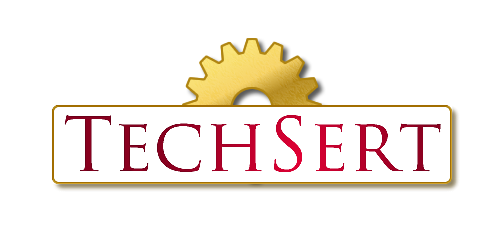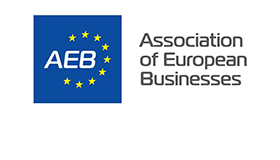EAC Certificate and EAC Declaration: what to choose and when?
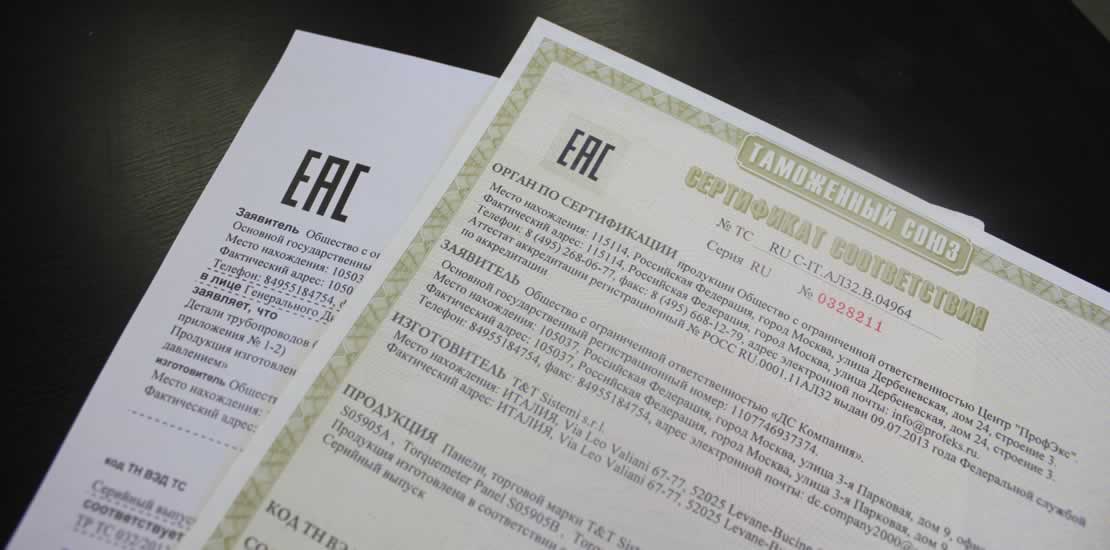
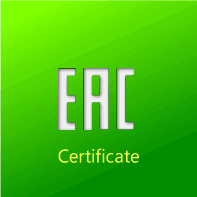 One of the first issue to face, while approaching EAC certifications for Russia, Belarus and Kazakhstan, is to differentiate between EAC certificate and EAC declaration. It is important to note that, the choice, is not generally delegated to the producer or to the applicant of the EAC certification.
One of the first issue to face, while approaching EAC certifications for Russia, Belarus and Kazakhstan, is to differentiate between EAC certificate and EAC declaration. It is important to note that, the choice, is not generally delegated to the producer or to the applicant of the EAC certification.
For each category of products, is in fact explicit, in the TR CU regulations, what type of document is to be issued, in order to have it correctly certified. The TR CU regulations include furthermore, for each category, the certification scheme, hence the certification procedures to be followed by the accredited certification body, such as us, in order to issue the right certification.
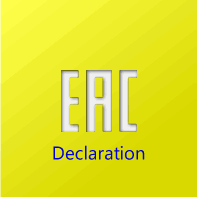 Usually the list of products, for which the an EAC certificate is required, is present in one of the annexes to the TR CU regulating the field, whereas by exclusion, if not explicitly declared,are identified those products under the rules of declaration.
Usually the list of products, for which the an EAC certificate is required, is present in one of the annexes to the TR CU regulating the field, whereas by exclusion, if not explicitly declared,are identified those products under the rules of declaration.
For example, in the annex 1, of the TR CU 004/2011 for the safety of low voltage equipment, is present the following list of product subject to conformity assessment in the form of EAC certificate:
- Electrical apparatus and household equipment:
- for food preparation and storage and kitchen works mechanization;
- for clothing, dress and footwear handling (washing, ironing, drying, cleaning);
- for cleaning and sweeping in the building;
- for maintenance and control of microclimate in the building;
- sanitary and hygienic;
- for hair, nails and skin care;
- for body warming;
- for vibratory massage;
- gaming, sporting and training equipment;
- audio and video equipment, radio and TV receivers;
- sewing and knitting;
- power supplies, recharges, voltage stabilizers;
- for garden works;
- for aquariums and garden ponds;
- electric pumps;
- lightning equipment and light-emissive devices;
- wiring production;
- extensions.
- Personal electronic data processing machines (personal computers).
- Low-voltage equipment connected to electronic data processing machines.
- Electric hand tools (hand and portable electrical machinery).
- Electro musical instruments.
- Cables, wires and cords.
- Automatic breakers, protective cutout devices.
- Devices for electric energy distribution.
- Electrical apparatus for electrotechnical sets control.
For example, in the annex 3, of the TR CU 010/2011 for the safety of machinery, is present the following list of product subject to conformity assessment in the form of EAC certificate:
- Household wood working equipment;
- All-terrain vehicles, snowmobiles and their trailers;
- Garage equipment for motor vehicles and trailers;
- Agricultural machines;
- Small-size mechanized machines for garden and forestry, including forestry electric machines;
- Machines for livestock, poultry farming and feed-processing;
- Mechanized construction and assembly instruments;
- Engineering equipment for timber logging, timer deposits and timber rafting:
- petrol saws;
- electric chain saws.
- Technological equipment for commerce, catering and public kitchens.
- Equipment for stripping and cleaning works and lining of mine workings:
- mining combines;
- mechanized complexes;
- mechanised supports for shafts;
- pneumatic instruments.
- Sinking equipment for mines:
- sinking combines for coal and rock;
- metal lining for excavation.
- Equipment for shaft running and mine transport:
- drag mining conveyors;
- belt mining conveyors;
- winding machines for mines and hoists for ore mines;
- Equipment for drilling boreholes and wells, equipment for charging and tamping blast holes:
- pneumatic hammers (drilling hammers drill);
- pneumatic hammers;
- drilling machines in mining industry;
- drilling installations;
- Equipment for ventilation and dust retaining:
- mining fans;
- dust retaining and dust extraction devices;
- oxygen compressors;
- Load lifting machines, load lifting cranes
Whereas in the annex 4, of the same TR CU 010/2011 for the safety of machinery, is present the following list of product subject to conformity assessment in the form of EAC declaration:
- Turbines and gas-turbine installations;
- Draught equipment;
- Crushers;
- Diesel-generators;
- Devices for lifting operations;
- Conveyors;
- Rope and chain pulley lifts;
- Industrial floor trackless transport;
- Chemical oil and gas processing equipment;
- Polymer processing equipment;
- Pumping equipment (pumps, pumping units and installations);
- Cryogenic equipment, compressors, refrigeration, gas-treatment and autogene equipment:
- – air and rare gases installations;
- – equipment for preparation and purification of gases and liquids, heat – and cryogenic mass transfer systems and installations;
- – compressors (air and gas);
- – refrigeration installations.
- Equipment for flame treatment of metals and plating products;
- Gas-treatment and dust-retaining equipment;
- Pulp-and paper equipment;
- Paper-making equipment;
- Oilfield equipment, drilling geological equipment;
- Manufacturing equipment and equipment for coating engineering products;
- Equipment for liquid ammonia;
- Equipment for preparation and purification of drinking water;
- Metal-working machines;
- Press-forging machines;
- Wood-working equipment (except household wood-working machines);
- Manufacturing equipment for foundry;
- Equipment for welding and gas thermal spraying;
- Industrial tractors;
- Forklifts;
- Bicycles (except for children);
- Machines for excavation, land reclamation, development and maintenance of quarries;
30 Road making machines and equipment for mortar preparation;
- Construction equipment and machines;
- Equipment for construction materials production;
- Forestry machinery, forestry timer deposits and timber rafting (except petrol chains and electric saws);
- Engineering equipment for peat industry;
- Industrial laundry equipment;
- Equipment for chemical cleaning and dyeing of cloths and household articles;
- Machines and equipment for municipal utilities;
- Industrials fans;
- Industrial air conditioners;
- Air heaters and air coolers;
- Manufacturing equipment for light industry;
- Manufacturing equipment for textile industry;
- Engineering equipment for production of chemical fibres, glass and asbestos fibres;
- Processing equipment for food, meat, dairy and fish industry
- Manufacturing equipment for flour-and-cereal industry, feed mill and grain-elevator industry;
- Manufacturing equipment for retail, catering and public kitchens;
- Printing equipment;
- Manufacturing equipment for glass, porcelain, earthenware and cable industry;
- Heating boilers operating on liquid and solid fuel;
- Fluid gas and combined burners (except for blocks), integrated in equipment to be used in technological processes at industrial enterprises;
- Water heaters and heating units operating on liquid and solid fuels;
- Cutters:
- multi-faceted carbide cutters;
- high speed steel cut-off cutters and metal slitting saws;
- carbide cutters.
- Incisors:
- cutters with carbide plates;
- cutters with multi-faceted carbide plates.
- Circular saws with carbide inserts for wood processing;
- Bench and mounting tool with insulating handles for working in electrical units with voltage up to 1000 V;
- Shell-milling cutters:
- wood processing relieved milling cutter;
- wood processing mills with blades of steel or tungsten carbide;
- cylindrical interlocking side milling cutters.
- Tools for natural and synthetic diamonds:
- diamond grinding wheels;
- diamond cutting wheels.
- Tools of super hard synthetic materials based on boron nitride (CBN tools);
- Abrasive tools, abrasive materials:
- grinding wheels, including hand tools;
- cut-off wheels;
- Abrasive tools, abrasive materials:
- abrasive disks including for hand machines
- cutting wheels;
- polishing wheels;
- petalled grinding wheels;
- grinding endless belts;
- fibre grinding wheels.
EAC Certificate and EAC Declaration: what are the differences?
Several aspects distinguish the EAC certificate to the EAC declaration. There are in fact different procedures followed by the certification body to attain the documents. To the applicant is more noticeable, the vaster list of documents required, the mandatory ISO certification, to be owned by the producer, more extended test and factory inspections, in order to required the Certificate. Usually the EAC certificate is applicable to particularly dangerous cases, as for devices operating in explosive atmosphere (EAC certificate in conformity to 012/2011 TR CU, comparable to the ATEX certification) or vessels operating under high pressure (EAC certificate in conformity to 032/2013 TR CU, comparable to the PED certification).
There is as well an important difference regarding the distribution of responsibility. In the case of EAC declaration the most of responsibilities are assigned to the applicant whereas the EAC certificate require the certification body, such as we are, to assume on itself a much wider range of responsibilities.
